THE PREVENTION VISIT OF INSURERS
Within the framework of industrial risk insurance, a risk prevention visit called vulnerability analysis is regularly carried out.
This visit is generally carried out by a prevention engineer with solid technical and regulatory skills, and preferably also with operational and industrial experience.
The objective of this preventive visit or vulnerability analysis is to better discern the constraints and production requirements of the insured to ensure a pragmatic and realistic approach.
Based on the existing situation, this prevention visit provides areas for improvement in terms of prevention of operating losses directly related to the various risks: Fire/Explosion, machine breakdown, climatic events or even malicious or terrorist acts.
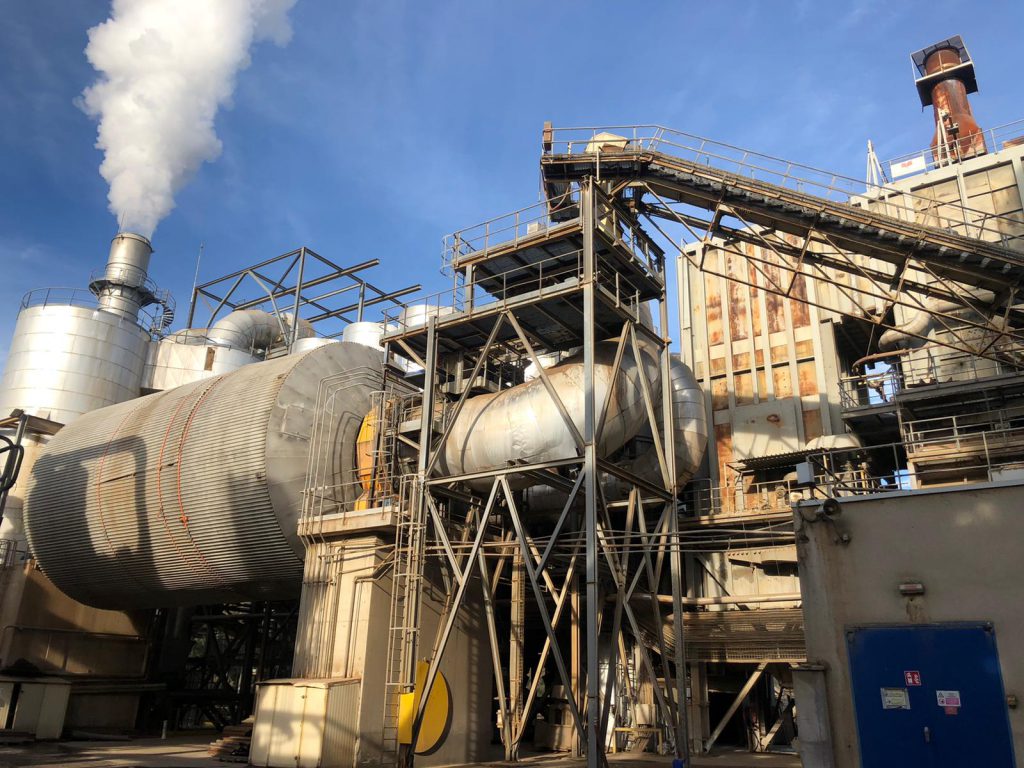
IDENTIFICATION OF RISKS
Risks are events whose occurrence may prove problematic and compromise the smooth running of the company’s business. The identification of these risks is based on the analysis of the causes of the problem, which is referred to as risk factors, or on the analysis of the problem itself, which is referred to as the risk object.
RISK ASSESSMENT
Once identified, the risks must be assessed in terms of the severity of the potential losses and their probability. The vulnerability analysis should allow the risks to be prioritized in terms of business interruption and the financial impact on the operation to be quantified if they occur.
The important thing is to make the best possible assessment in order to effectively prioritize the various implementations of the risk management plan. The greater the estimated loss and the more likely the event is to occur, the worse the risk. The risk assessment is based on 2 components: a statement of the generating facts, which are not necessarily linked to regulatory deviations, and the inventory of the variable dangerous points according to the engineer’s feeling.
=> The causes are facts or causes that can be at the origin of a disaster. The identification of the generating facts allows to define the prevention measures likely to reduce the probability of occurrence of a disaster
=> Dangerous points correspond to installations, equipment or activities on the site or in the vicinity, where damage may occur following a generating event with serious consequences for the company’s property, activity or environment.
The identification of the dangerous points makes it possible to locate the zones at risk, to evaluate the potential gravity of the disaster and to adapt the prevention and protection measures.
HOW DOES A PREVENTION VISIT TAKE PLACE?
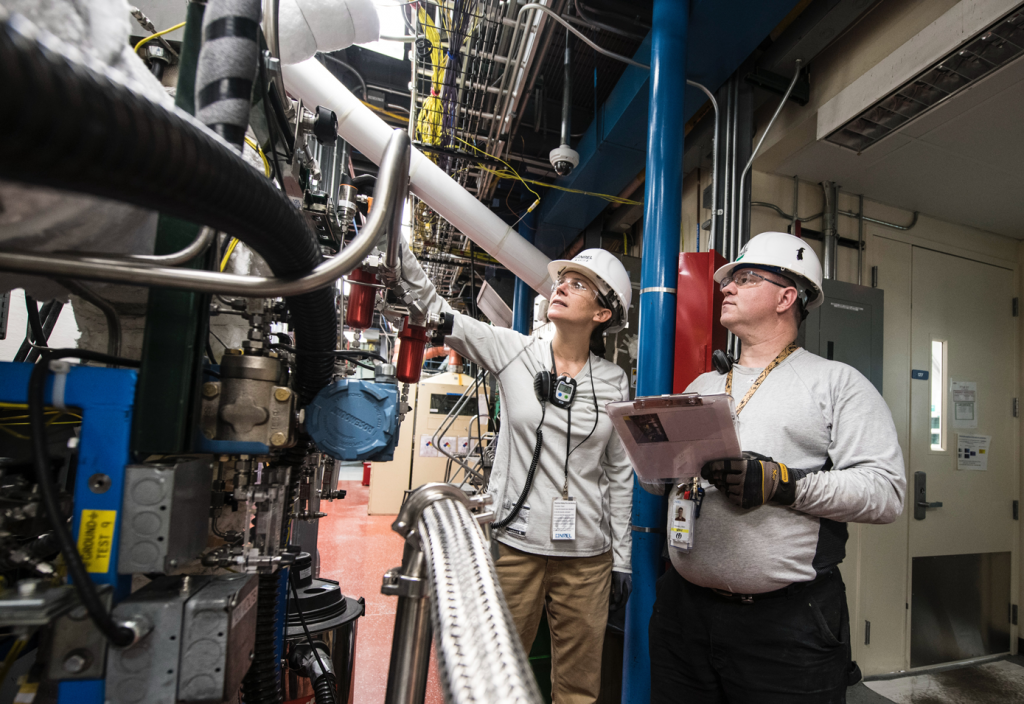
THE COURSE OF A PREVENTION VISIT
- Before the visit: sending the client a list of documents (annual report, values of the assets to be insured, list of critical parts, floor plan, process diagram, organization chart of the services, etc. ….) which he must provide and make available to the prevention engineer at the beginning of the visit. Validation of the visit programme.
- First day of the visit: kick-off meeting – reminder of the principle and the course of the expertise
- Next day(s): visit of the whole site. Inspection of the premises and the process in the company of the various managers (maintenance, production, engineering, HSE, etc. ….). The idea is to alert on the situations at risk and to bring solutions based on an exchange with the various interested parties for the sake of transparency and feasibility of the proposed recommendations.
- At the end of this visit: a closing meeting is conducted. The purpose of this meeting is to highlight the positive points and to present the risks that have been identified and to see to what extent improvements can be made.
- Drafting of a report: this report proposes to the client the various remarks and solutions to be implemented to improve its risk prevention.
COMPONENTS OF THE VULNERABILITY ASSESSMENT
RISK OF FIRE AND/OR EXPLOSION
- Electrical malfunction
- Hot work
- Human error
- Consequences of lightning
- Smoker’s carelessness
- Malicious act

NATURAL OR OTHER EVENTS
- Earthquake, tsunami, landslide
- Storm, cyclone, hurricane, thunderstorm
- Winter phenomena
- Flooding
- Aircraft crash
- Water damage
- Social movement, riot, attack
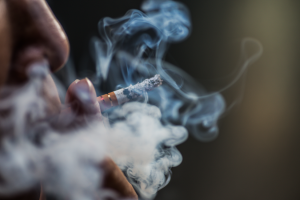
MACHINERY BREAKDOWN
- Breakage of a machine element
- Design flaw
- Lack of control and/or maintenance
- Corrosion
- Human error
- Indirect consequences of lightning
- Malicious act
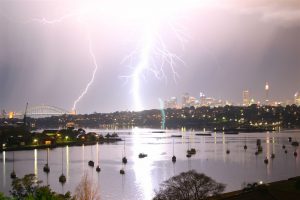
ESTIMATED VALUES TO BE DEFINED IN THE INSURANCE CONTRACT
MPS : MAXIMUM POSSIBLE LOSS
The Maximum Possible Loss is the estimated loss following an accident if nothing is done to avoid or combat it. The SMP evaluates the maximum amount to which a company could be exposed. It must take into account the interactions (domino effect). It represents the maximum amount of damage that a single incident can cause when the most unfavourable circumstances are met. This evaluation is carried out for the fire/explosion risk as well as for the machine breakdown risk.
SRE : Sinistre Raisonnablement Escomptable
The Reasonably Estimateable Loss corresponds to the estimated losses following an accident when prevention and protection are effective. The SRE is not deduced from the SMP, but from SMP scenarios, on a conventional basis. This concept is particularly important for setting reasonable limits of cover in general liability insurance.
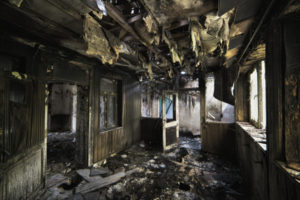

ERE ARE A FEW EXAMPLES OF MISSIONS CARRIED OUT BY PDCA ENGINEERING:
- Risk Prevention Visit to Cement Plants in Nigeria, Iraq, Ivory Coast and Benin
- Risk prevention visit for SOGARA refineries in Gabon and SIR in Ivory Coast
- Steel mills, metallurgy plants
- Plastics processing, compounding, chemical production and sales plants
- Food processing plants and cold stores
- Logistics and transport bases
